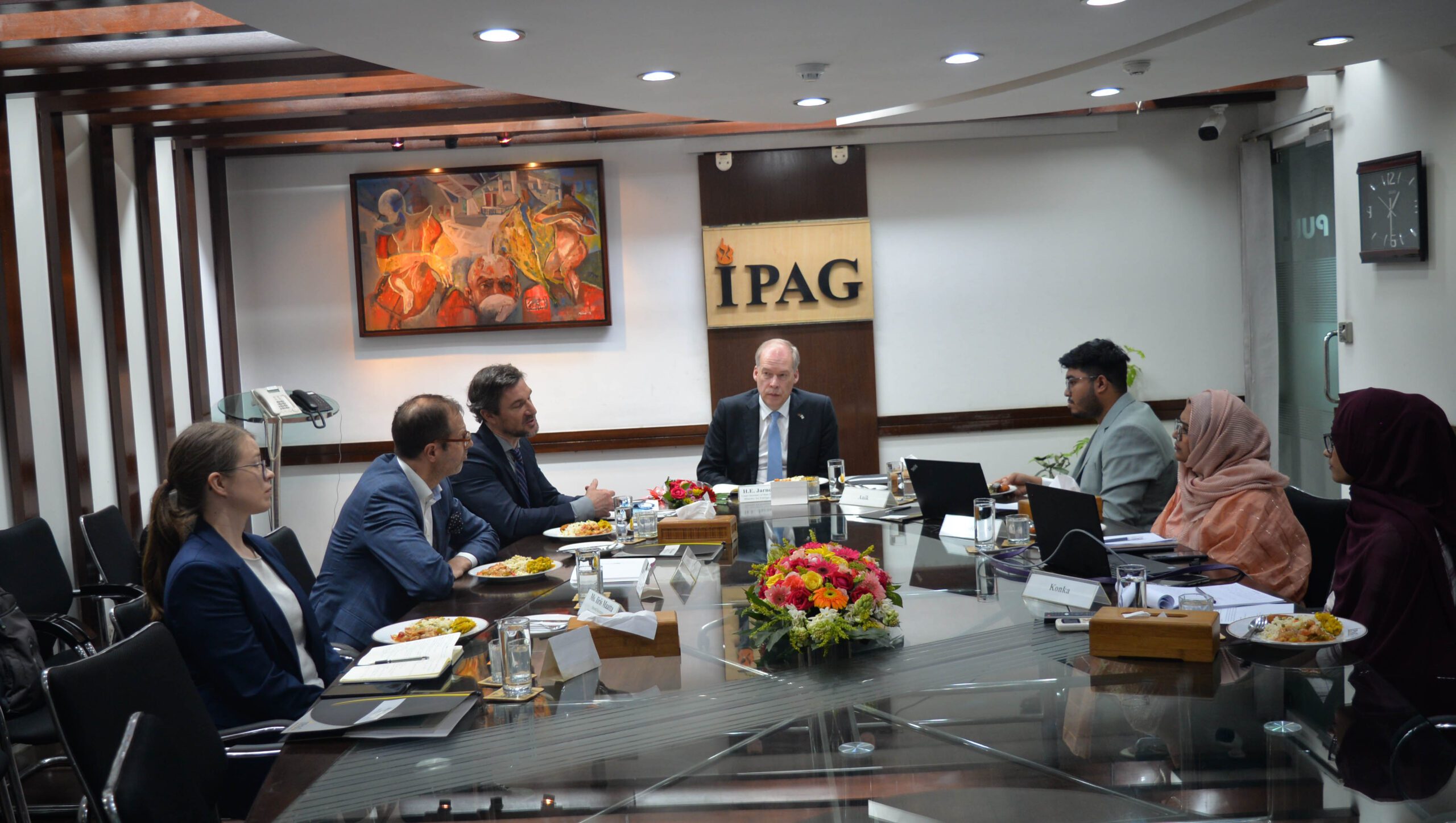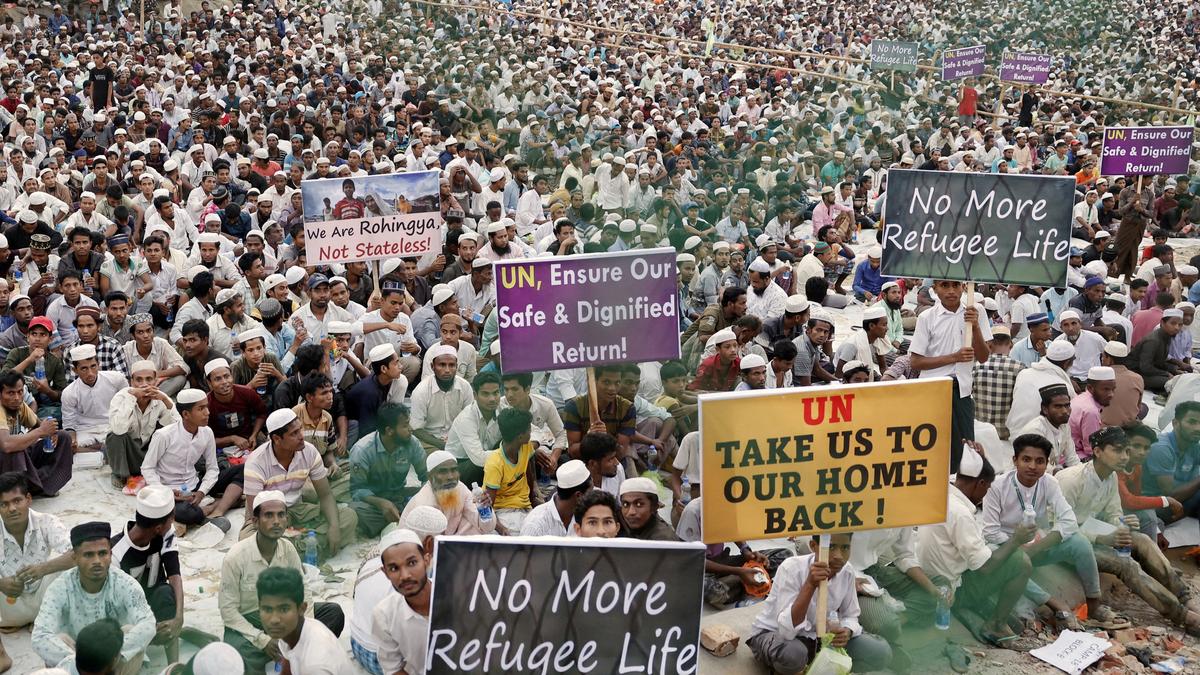Prof. Syed Munir Khasru
NIKKEI Asia
August 6, 2024
The Aug. 6 anniversary of the atomic bombing of Hiroshima is an annual occasion for somber reflection over the devastating impact of nuclear weapons and the strategies that evolved in the aftermath to prevent them from being used again.
The doctrine of mutually assured destruction (MAD), born in the crucible of the Cold War, has been a cornerstone of nuclear deterrence for decades. At a time of simmering global tensions and technological advancements, it is time to reflect on whether MAD has truly served the world well.
The MAD doctrine, formalized in the 1960s, posits that the threat of complete annihilation prevents nuclear-armed states from engaging in full-scale conflict. It is built on the principle of deterrence through the promise of overwhelming retaliation. In essence, MAD assumes that rational actors will refrain from initiating a nuclear attack, knowing that such an action would trigger a devastating counterattack, leading to the destruction of both parties.
This balance of terror, proponents argue, creates a paradoxical stability in which the very destructive power of nuclear weapons serves to prevent their use through the promise of overwhelming retaliation. This has been the dominant paradigm in international relations since the Cold War. It has shaped military strategies, diplomatic negotiations and the very fabric of the global security architecture.
Perhaps the most iconic example of MAD’s influence is the Cuban missile crisis of 1962. For 13 days, the world teetered on the brink of nuclear war as the U.S. and the Soviet Union engaged in a tense standoff over Soviet missiles in Cuba. According to historian Martin J. Sherwin, “The real possibility of mutual destruction … played a crucial role in the decision-making process of both Kennedy and Khrushchev.” The crisis ultimately ended with a negotiated settlement, demonstrating how the specter of mutual annihilation could drive the political leadership toward a diplomatic settlement.
On the other hand, a major concern with MAD is the potential for accidental nuclear war. False alarms, misinterpreted signals or technical malfunctions could potentially trigger a catastrophic response. The 1983 Soviet nuclear false alarm incident, where a Soviet lieutenant colonel correctly identified a system malfunction that had erroneously reported incoming U.S. missiles, underscores this risk.
Throughout the Cold War, the MAD doctrine underpinned arms control agreements like the Strategic Arms Limitation Talks (SALT) and the Anti-Ballistic Missile Treaty. These agreements, while not eliminating nuclear weapons, helped manage the arms race and reduce the risk of accidental war.
Even in the post-Cold War era, MAD’s influence persists. During the 2022 Russian invasion of Ukraine, despite Russia’s nuclear saber-rattling, the potential for mutual destruction deterred any nuclear escalation. While the risk of nuclear weapons use in the Ukraine conflict remains low, there is growing concern about the erosion of international nuclear arms control agreements. This deterioration of established safeguards could potentially increase global nuclear risks in the long term.
One of the most significant criticisms of MAD is its moral implications. The doctrine essentially holds entire populations hostage to the threat of annihilation. Critics argue that this strategy represents a form of global extortion, where the safety of millions is leveraged against the threat of total destruction. This ethical dilemma raises profound questions about the value we place on human life and the lengths to which we are willing to go in the name of national security.
This ethical quandary becomes even more pronounced when considering the potential for civilian casualties in a nuclear exchange. Experts in disaster response and humanitarian aid consistently warn that the immediate aftermath of a nuclear blast would overwhelm any existing emergency response capabilities. The scale and nature of destruction from such an event would render traditional humanitarian assistance efforts largely ineffective, leaving countless civilians without access to crucial medical care, food or shelter.
The world today is markedly different from the bipolar structure of the Cold War. The proliferation of nuclear weapons to countries like North Korea and the complex dynamics between nuclear powers like India and Pakistan present new challenges to the MAD doctrine.
Emerging technologies such as hypersonic missiles, cyberwarfare capabilities and artificial intelligence are reshaping the nuclear landscape. According to a comprehensive analysis by leading defense strategists, these advanced technologies have the potential to inadvertently escalate nuclear risks. By introducing new variables and uncertainties into strategic calculations, they may erode the stability that has traditionally underpinned nuclear deterrence frameworks like MAD.
As the only nation to have experienced the horrors of nuclear warfare firsthand, Japan occupies a unique position in the global dialogue on nuclear disarmament. This role was highlighted during last year’s Group of Seven summit in Hiroshima, where world leaders confronted the legacy of nuclear weapons.
Prime Minister Fumio Kishida, whose family hails from Hiroshima, has been a vocal advocate for nuclear disarmament. In his 2022 address to the U.N. General Assembly, Kishida stated, “We must never repeat the devastation of atomic bombings. Japan will continue to uphold the ‘three non-nuclear principles’ and lead the international community’s efforts toward the realization of a world without nuclear weapons.” Japan’s leadership, rooted in its unique historical experience, could be instrumental in forging a path beyond MAD.
While the MAD doctrine has arguably contributed to preventing nuclear conflict for nearly eight decades, its continued relevance in a fast-changing world merits reexamination. The moral implications, the risk of accidental war and the challenges posed by new geopolitical realities and technologies all suggest the need for new approaches to nuclear deterrence and disarmament.
The Hiroshima anniversary is not only a reflection on the past but also a look ahead to the future. The goal of a world free from the threat of nuclear annihilation remains as urgent and vital as ever. In the words of Hiroshima survivor Setsuko Thurlow, “Nuclear weapons are not a necessary evil; they are the ultimate evil.”
The time is ripe to move beyond the doctrine of mutual destruction and work toward mutual survival and shared prosperity.
https://asia.nikkei.com/Opinion/Mutually-assured-destruction-is-an-outdated-nuclear-deterrence-doctrine#:~:text=One%20of%20the%20most%20significant,the%20threat%20of%20total%20destruction.




0 Comments